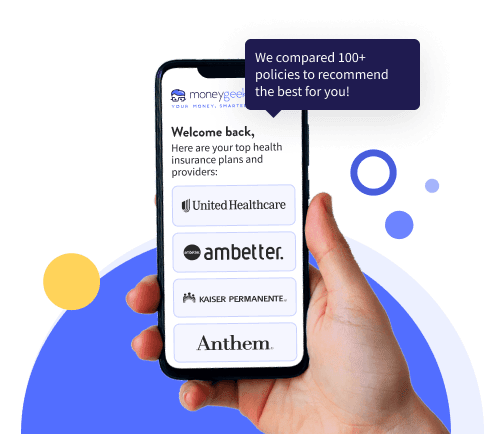When buying affordable health insurance, you can either look for low out-of-pocket maximums or low premiums. You usually can’t get both unless you’re shopping for low-income health plans.
If you’re healthy and don’t anticipate a lot of care, a plan belonging to a lower metal tier (such as Catastrophic or Bronze) may be the cheapest option. But if you expect to need much care, consider purchasing a plan with higher premiums but low maximum out-of-pocket (MOOP) costs.
MoneyGeek found the cheapest health insurance companies based on metal tiers, location and other factors. For our top picks, we defined “cheapest” by monthly premiums unless otherwise stated.



